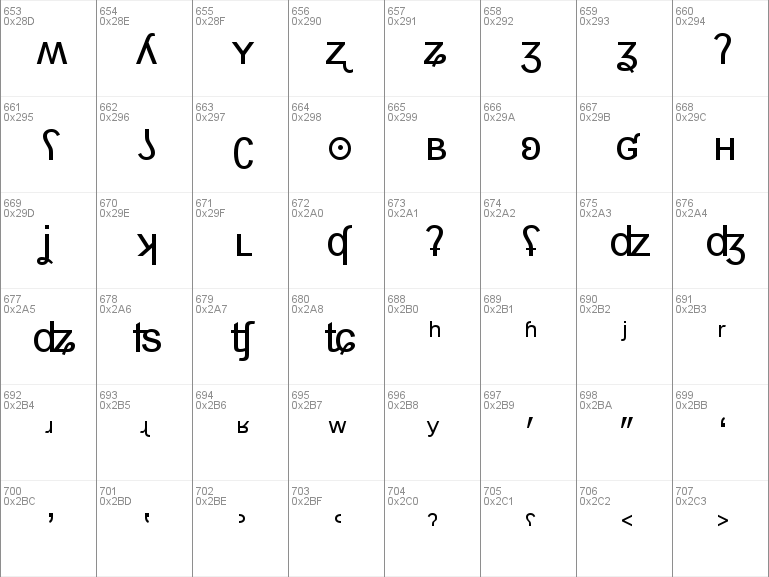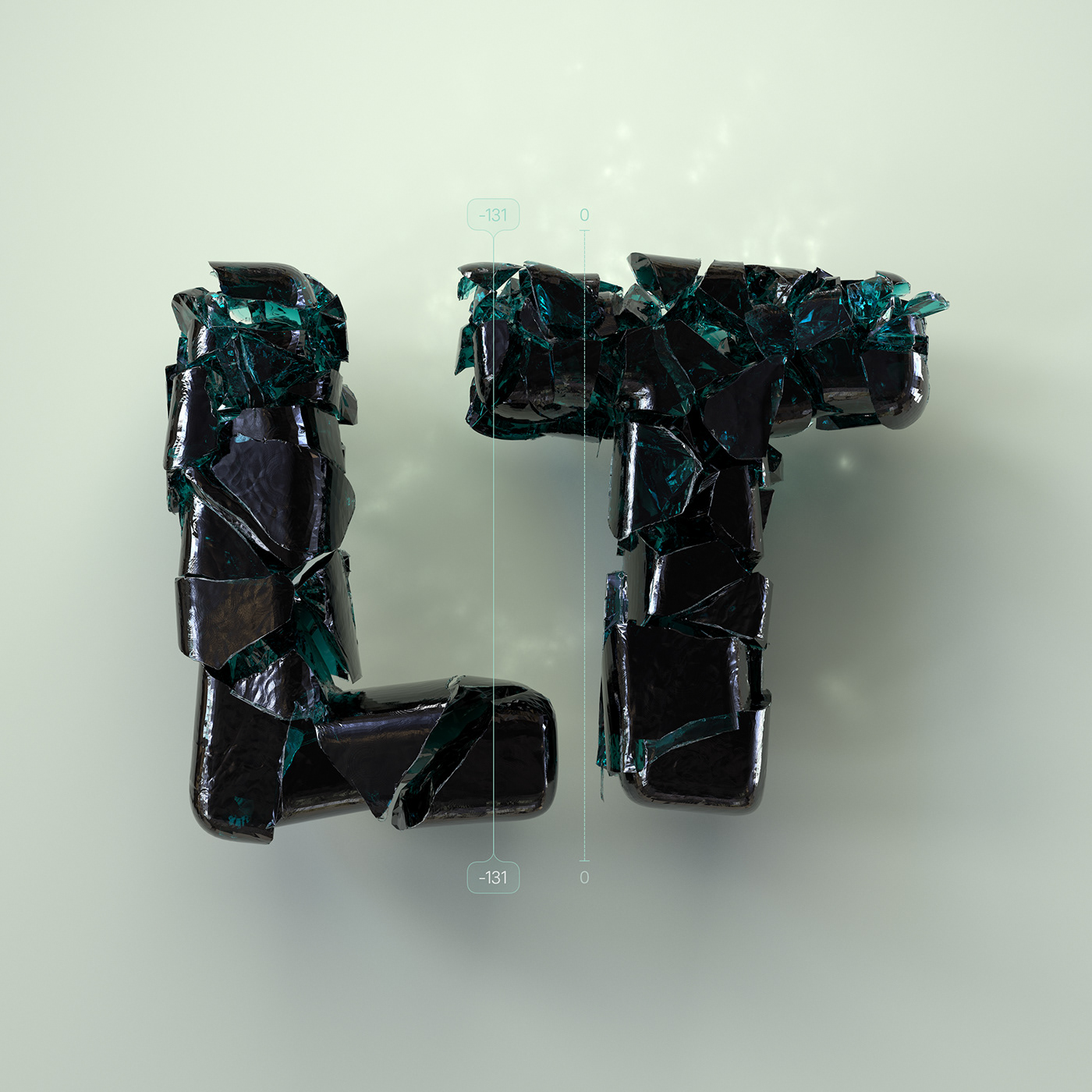

TrueType fonts typically have several hundred pairs, but some have more than a thousand. In older font formats, such as Microsoft's TrueType, the kerning values are specified in a simple kern table where each entry consists of a pair of characters and their kerning value. Non-proportional ( monospaced) fonts do not use kerning, since their characters always have the same spacing. Since some combinations of letters are not used in normal words in any language, kerning these is not necessary. Which letters need to be kerned depends on which languages the font is to be used with. In other fonts the kerning may be very different.
#Typetool edit kerning pairs pro
The samples are taken from the kerning tables of the Minion Pro font. These values are based on 1000 units/em and the kerning pairs are ordered from the most negative to the most positive kerning value. The table below contains a few exemplifying kerning pairs and their values. Depending on the font, some small positive kerning may also be required for accented letters and for pairs like Bo, Dw, and TY. Positive kerning is used mainly in conjunction with special characters and punctuation (for example, the lower case letter f followed by right parenthesis or quotation mark). Some other combinations that use negative kerning are FA, LT, and LY, and letters like A, L, and h followed by a quotation mark.

It is also used to fit a period (full stop) or a comma closer to these and to F and P, as well as to the lower case letters r, v, w, and y. Negative kerning is widely used to fit capital letters such as T, V, W, and Y closer to some other capital letters on either side, especially A, and to some lower case letters on the right side, such as the combinations Ta, Te, and To. The adjustments for a given pair vary greatly from one font to another. Adjustments for different pairs within a given font can range from a tiny 2 to over 100 (when expressed as 1000 units/em). Most kerning adjustments are negative, and negative adjustments are generally larger than positive ones. (The kerning units for a given font are the same as the units used to express the character widths in that font.) Thus, for 1000 units/em, a kerning value of 15 means an increase in character spacing by 0.015 of the current type size. Different fonts may use different units, but common values are 10 units/em. The number is expressed in font units, one unit being a certain fraction of an em (one em is the type size currently used). In digital typography, kerning is usually applied to letter pairs as a number by which the default character spacing should be increased or decreased: a positive value for an increase, a negative value for a decrease. With the arrival of digital fonts, it became much easier to kern many glyph combinations. It was therefore only employed on letter combinations which needed it the most, such as VA or AV.

In metal typesetting, kerning was labour-intensive and expensive because the matrices had to be physically modified. At that time, the word kerning only referred to manufacturing the sorts with kerns, while adjusting space between letters during compositing was called inter-spacing or letter spacing.īecause this method was not well-suited to some pairs of letters, ligatures were supplied for those glyph combinations, such as the French L’, or the combinations ff, fi, fl, ffi, ffl, and others. Those overhanging metal pieces were called kerns.

In the days when all type was cast metal, the parts of a typecasting sort that needed to overlap adjacent letters simply hung off the sort slug's edge. The French term originated from the Latin cardo, cardinis, meaning "hinge". The source of the word kern is from the French word carne, meaning "projecting angle, quill of a pen". The glyph on the right is kerned to overlap the character following it (glyphs are mirrored for printing).


 0 kommentar(er)
0 kommentar(er)
